Most new cars come with Bluetooth functionality built in as a standard option. Even so, there are all sorts of older cars — and some newer cars — on the road that have absolutely no Bluetooth capabilities whatsoever. The JBL Trip is a device meant to add some Bluetooth functionality to cars that don’t have it. though that’s not all it can do. Keep reading our JBL Trip review to see just what this mini Bluetooth speakerphone can do for you, and see why it was named one of our Top Picks of 2016.
Specifications
- Rated Power: 3.2W
- Battery Type: Lithium-ion Polymer (3.8V, 1200mAh)
- Music Playtime: Up to 8 hours (varies by volume level and audio content)
- Call Time: Up to 20 hours
- Standby Time: Up to 800 hours
- Frequency Response: 160Hz to 20KHz
- Signal-to-Noise Ratio: >80dB
- Transducer: 1 x 40mm
- Height: 134mm
- Width: 64mm
- Depth: 34mm
- Weight: 230g
- Connectors: Micro USB
- Bluetooth: Version 3.0
- Supported Bluetooth Profiles: A2DP V1.3, AVRCP V1.5, HFP V1.6, HSP V1.2
What’s in the Box
- JBL Trip
- Magnetic visor clip
- MicroUSB cable
- User manuals
Design
A device meant to be clipped to your car’s visor needs to be able to be easy to access while not causing a distraction. The JBL Trip hits both of those marks with its relatively small footprint and easy to use layout.
The Trip is a pill-shaped speaker just over five inches long, two and a half inches wide, and about an inch and a third deep. The speaker grill is adorned with the JBL logo in the middle, while the body of the speaker has the buttons and microUSB input. The back of the speaker includes two divots where the visor clip attaches via two powerful magnets on the speaker.
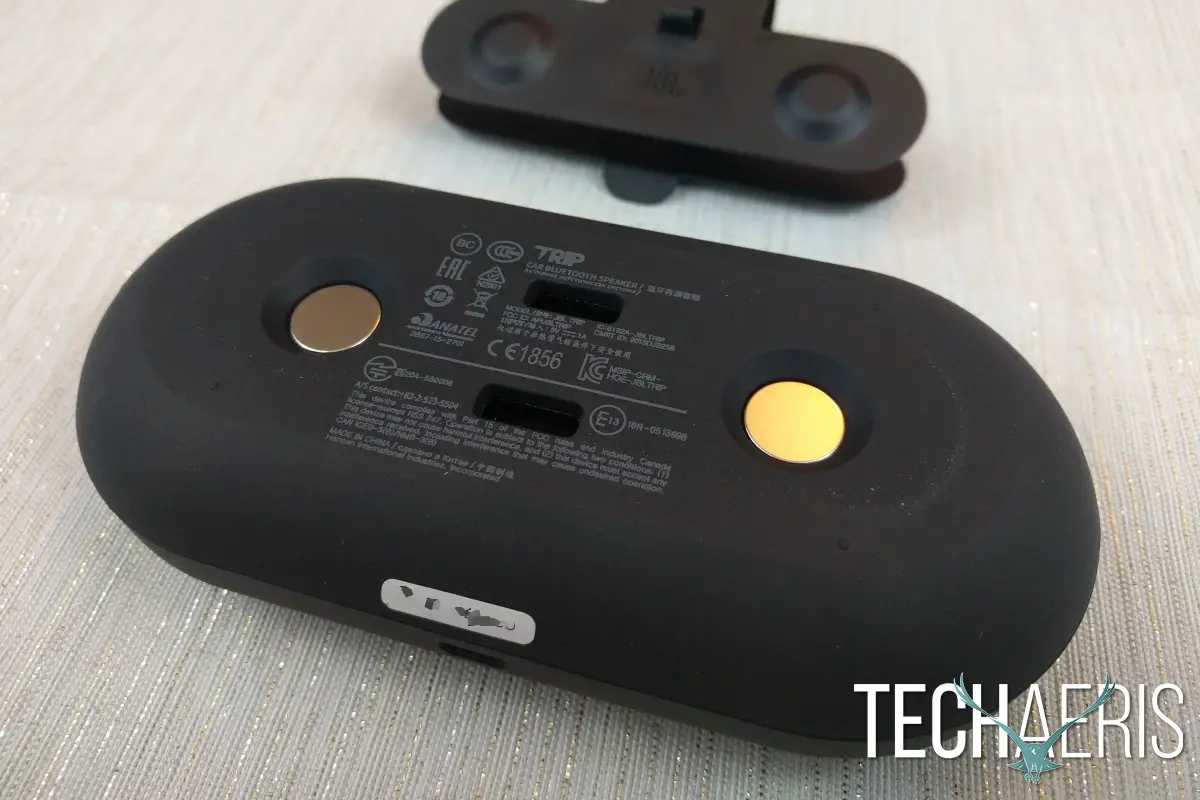
The power button and Bluetooth pairing button are located on the right side of the speaker, while the front of the speaker has volume up/down buttons, a telephone handset button that answers/ends calls as well as plays or pauses music. The front also includes a microphone button that allows you to use voice commands, or interact with Google Now or Siri without taking your phone out of your pocket. While you’re on a call the microphone button acts as a mute switch.
The power and Bluetooth pairing buttons are hardware buttons while the controls on the front of the speaker are capacitive. All in all the JBL Trip looks nice, but still stays mostly out of the way.
Ease of Use
Pairing your phone to the JBL Trip is easy. If you’re at all familiar with pairing Bluetooth devices you should be all over this, but it’s as easy as pressing the Bluetooth pairing button on the speaker while your phone’s Bluetooth capability is turned on andscanning. Your phone will recognize the Trip quickly, and pairing will happen soon after.
Once you’re paired, using the Trip isn’t too much more difficult. You’ll need to long-press the power button to turn the speaker on. You’ll hear an ascending set of tones when the speaker turns on. You’ll hear another tone once the speaker has connected to your phone and then you’re ready to rock and roll. When you’re done, another long-press of the power button will bring a descending set of tones and the speaker will turn off. The power button does take some getting used to. While it is a hardware button, it sits flush with the body of the speaker. Since it is on the side it’s not directly in your view, and it took some hits and misses to really accurately find the power switch with regularity.
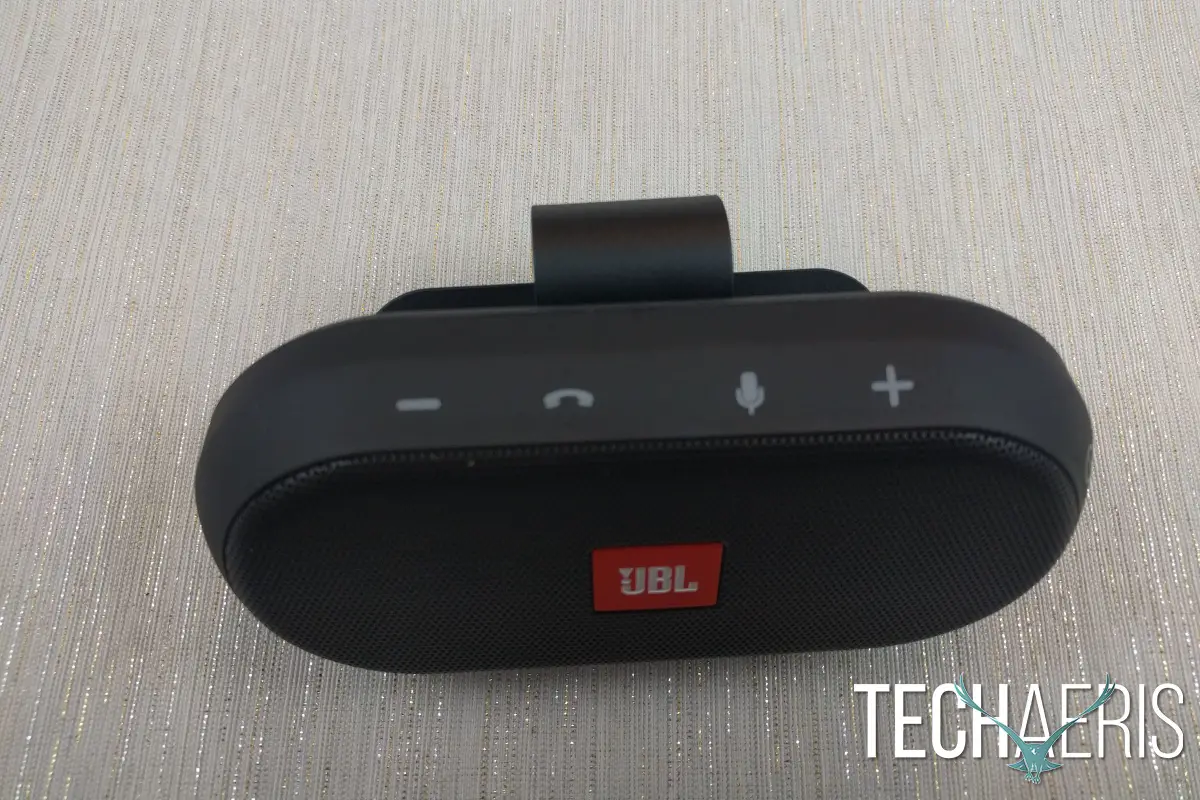
Answering and ending calls is as easy as using the phone button on the speaker. Playing or pausing music uses the same button. Voice commands are simple as well. You just need to tap the microphone button and it will connect you with Google Now or Siri depending on your mobile OS of choice. The volume buttons are pretty self explanatory.
Sound
JBL makes some great sounding speakers, and the Trip is no exception, though it isn’t exactly meant to be used as a speaker, at least not primarily. If you’re going to use the Trip as a speaker you’ll want to do so in a relatively small, quiet room. The Trip can play music relatively loudly, but if you’re mostly just leaving it in your car, or using it in a rental car when you travel, chances are very good you’ll have an overall better sounding stereo system already available to you.
Where the JBL Trip really shines is with phone calls (which we’ll talk about in the next section, don’t worry), navigation, and voice commands. More and more states are cracking down on texting while driving — as they absolutely should be, I might add — so voice commands are a great way to help keep your eyes on the road. Anything you’re able to do with Google Now or Siri via your voice, you’ll be able to do through the JBL Trip.
The Trip is great for navigation too. Even if you are already able to connect your phone to your car via Bluetooth, or if you car already has a navigation system built in, the Trip is going to be in a place on your visor that’s quite a lot closer to your head than your car’s speakers. My car does have a navigation system, though it’s admittedly rather old, and if I’m listening to music, the voice on the navigation doesn’t always come through very clearly. I didn’t have that problem with the Trip. Listening to music even at slightly louder volumes wasn’t an issue since the Trip is positioned on your visor. I mentioned just a few paragraphs ago that the Trip can get pretty loud. With navigation in particular it’s able to be loud without getting distorted.
Reception/Call Quality
I wasn’t kidding when I said this is the area where the Trip really shines. Every call I made through the Trip sounded crisp and clear. Callers could hear me very clearly, and I didn’t have any issues hearing the people I was calling.
JBL suggests that the Trip will even work with the windows down, which I was a bit skeptical about. I was testing the speaker in late December and January in Chicago… not the warmest time of year… but I wanted to see if the Trip could put its money where its mouth is, so on a slightly warmer day I rolled down the windows while on a call. If you’ve ever tried to make a phone call while driving with the windows down you’re probably familiar with the normal pain points. If you’re making a call on speaker phone that’s a whole new level of pain. While the JBL Trip was quite a lot better than your standard cell phone speakerphone combination while driving with the windows down, it still wasn’t without limitations. You could probably get away with the windows down if you’re driving through a neighborhood, or at slower speeds, but anything much more than 35 mph and you may still have some trouble. That said, I was impressed with how well the JBL performed on calls overall, it is a definite improvement over using your phone by itself.
Battery Life
JBL suggests that you’ll be able to get 8 hours of music playback, 20 hours of calls, and 800 hours of standby on a single charge. I used the Trip only very briefly to play music, and even through numerous phone calls, and leaving the Trip on whenever I was driving over the span of the last month I still haven’t killed the battery. If you’re using this simply as a speakerphone and hands free system for your phone, you’ll be able to let the Trip run for quite some time. With microUSB charging, you could even charge it while you’re on the road if you’ve got a decent car charger.
Price/Value
At $99.95, the JBL Trip is priced reasonably for what it offers. It fills an admittedly rather specific set of uses, though it handles those uses very well.
Wrap Up
If you, like me, have an older car that does not have Bluetooth functionality, you need to give the JBL Trip a look. With some states cracking down on even holding a cell phone while driving, the Trip lets you make calls, send messages, or even ask questions of Google Now/Siri all with your voice.
[rwp-review id=”0″]*We were sent a demo unit of the JBL Trip for the purposes of this review.
Last Updated on April 28, 2016.

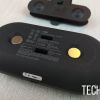
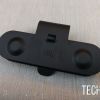
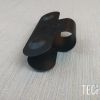
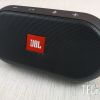
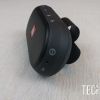
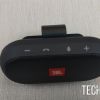
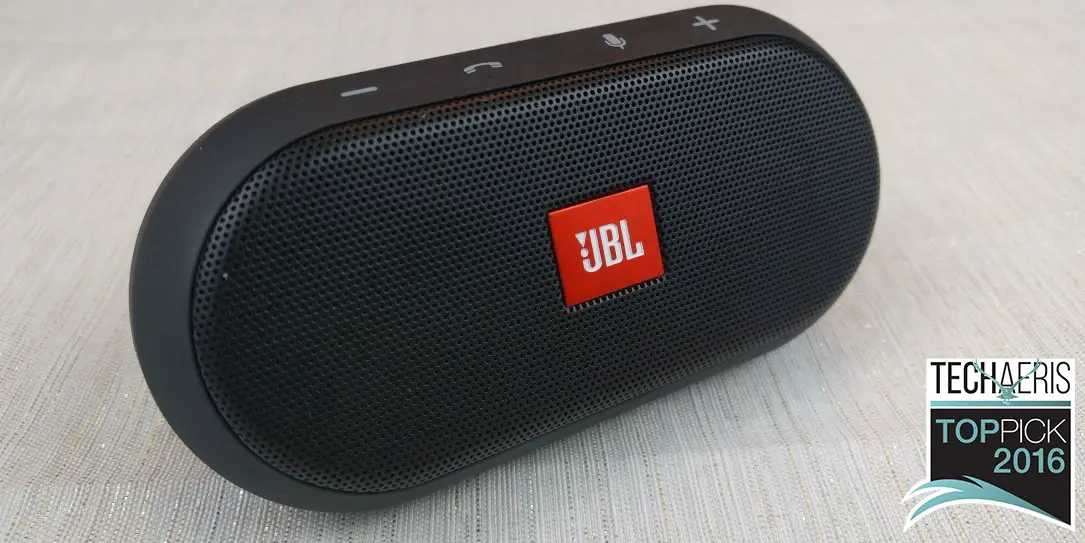
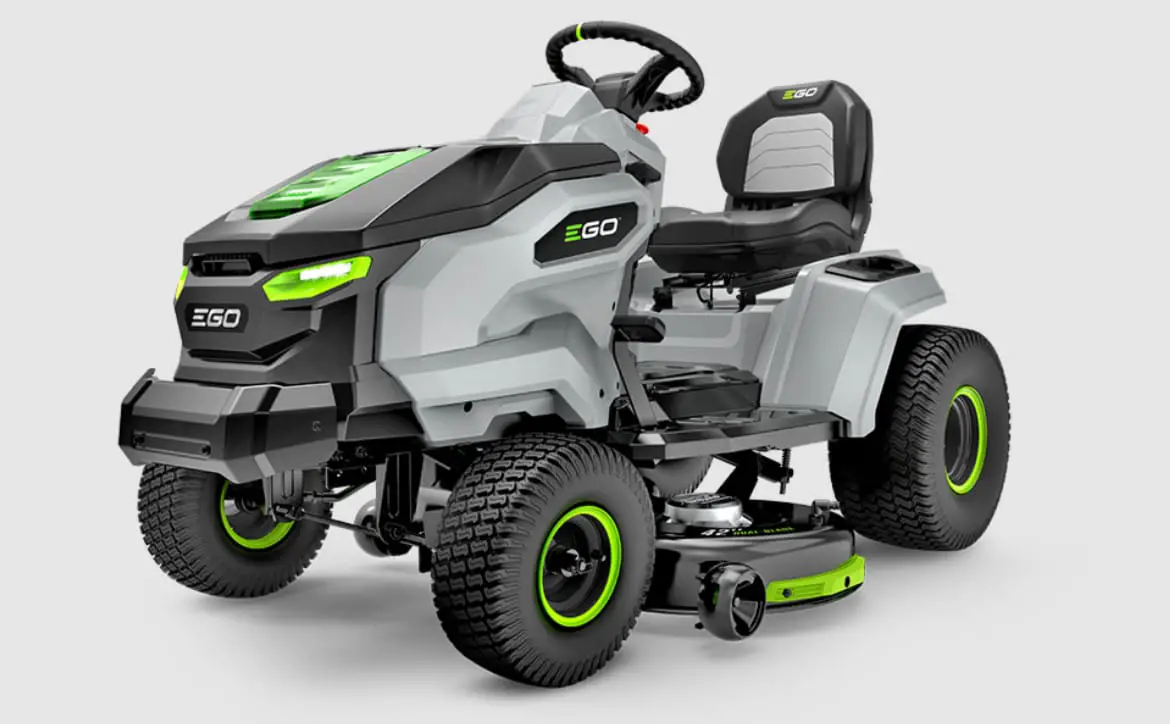
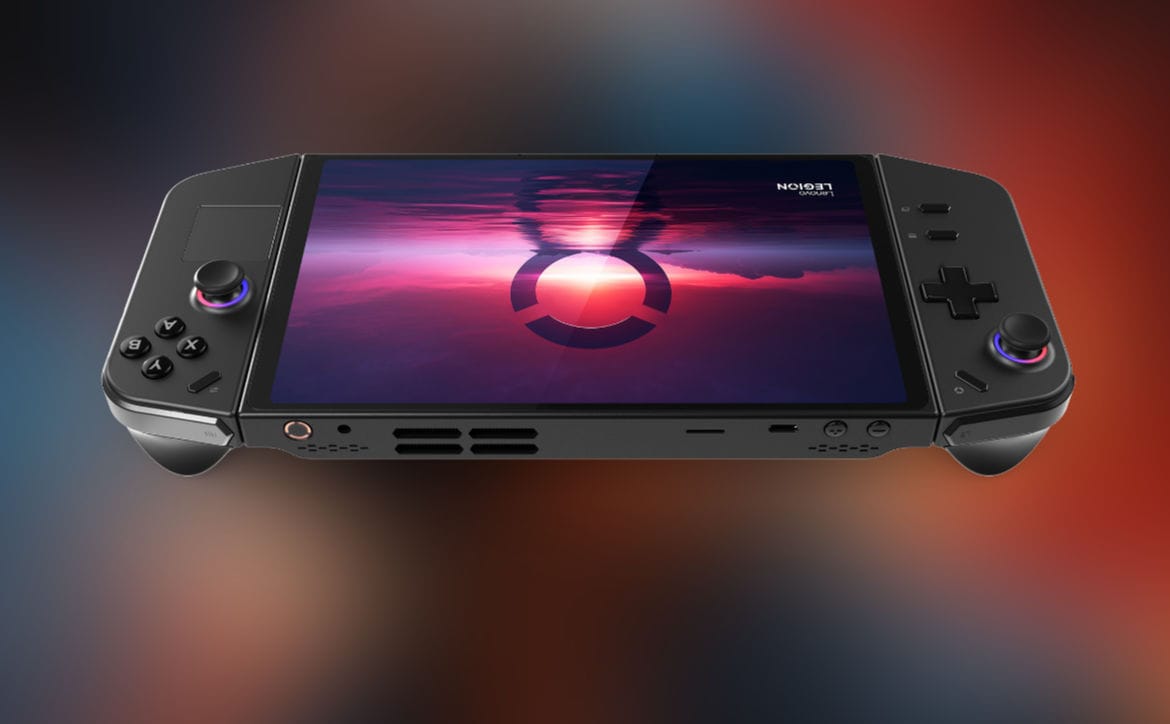

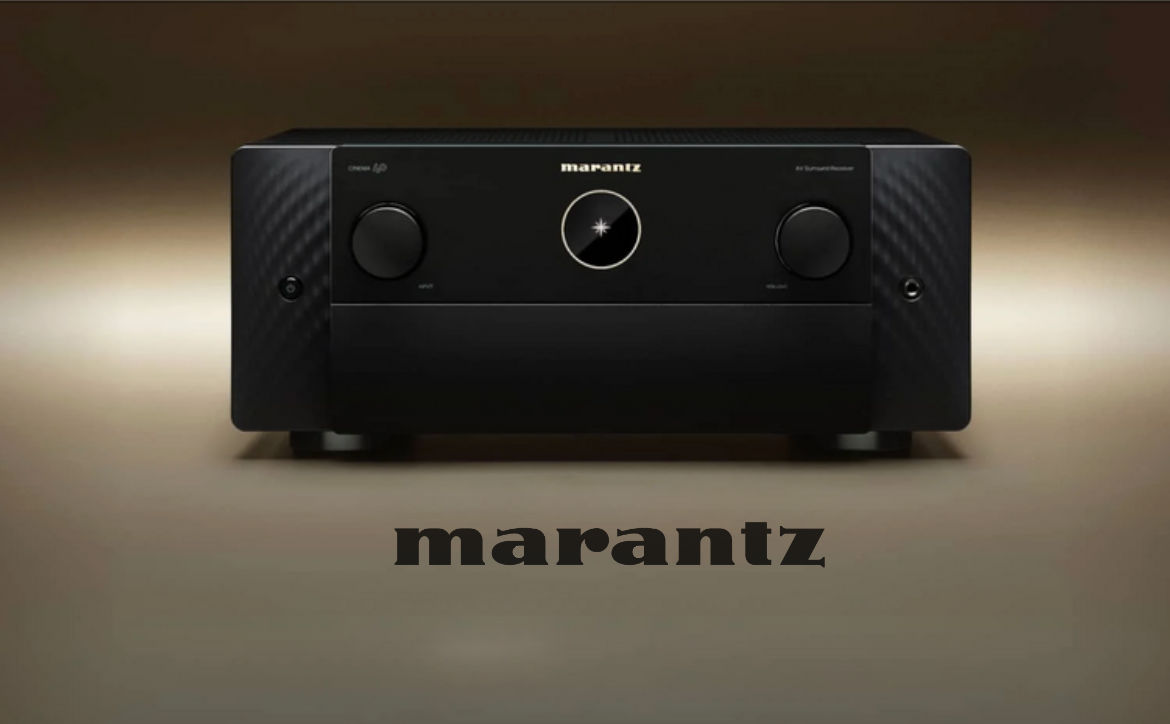

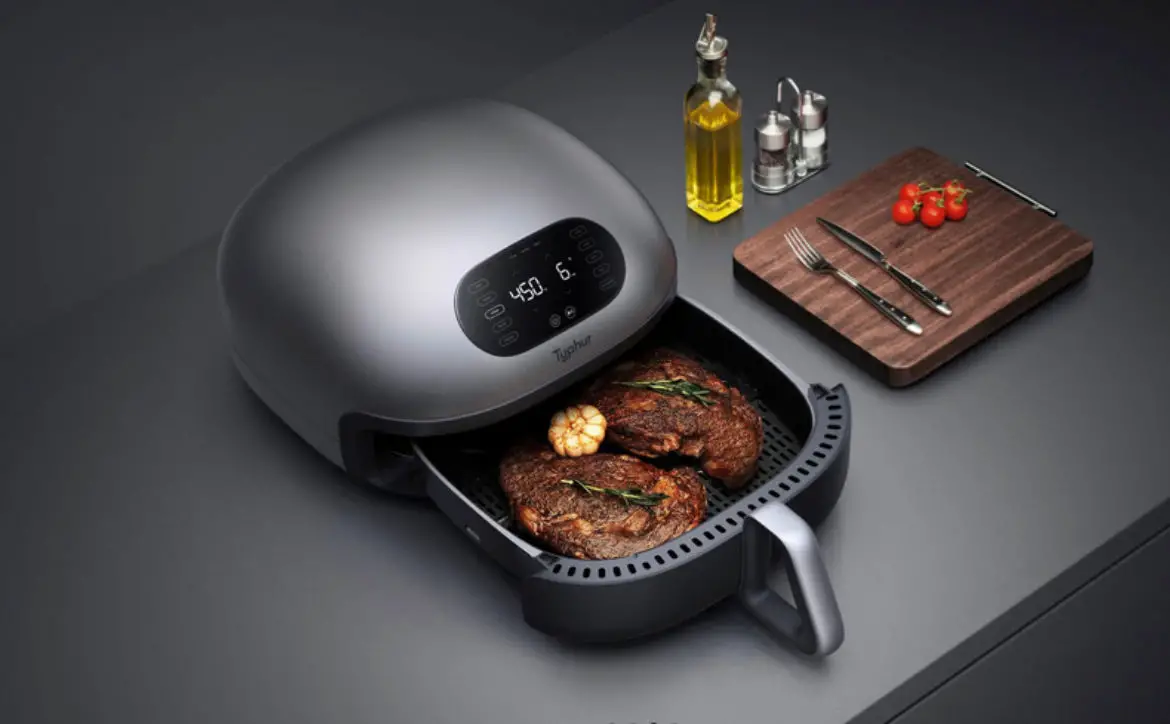
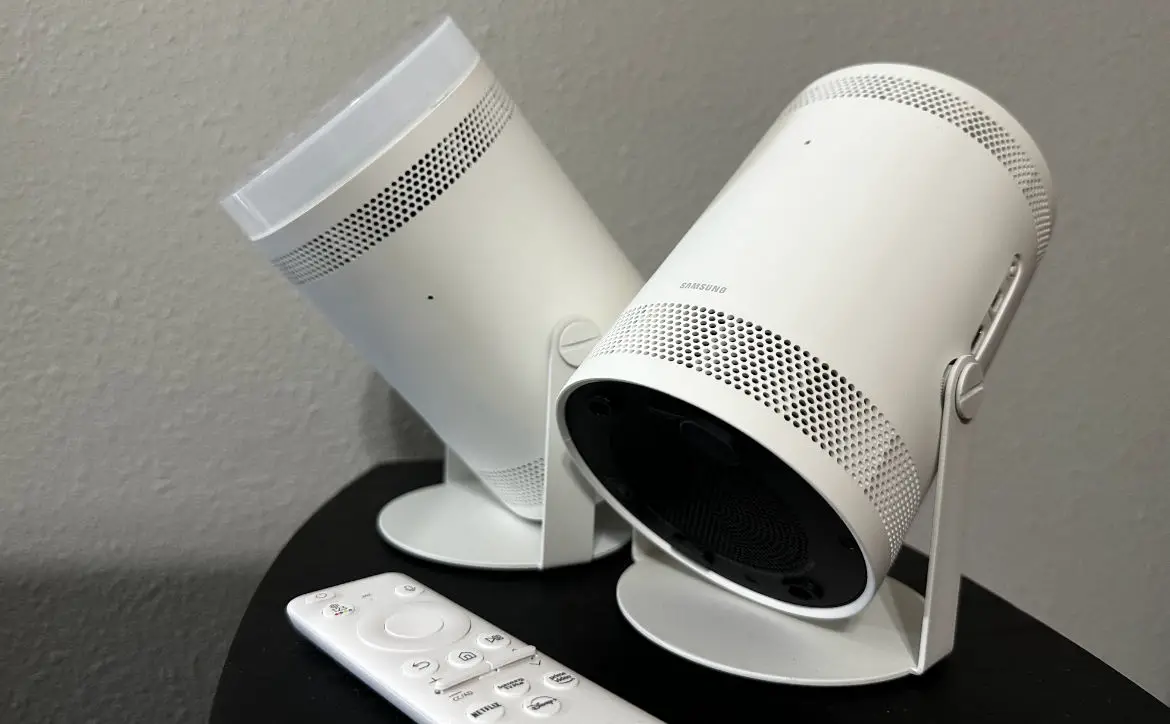
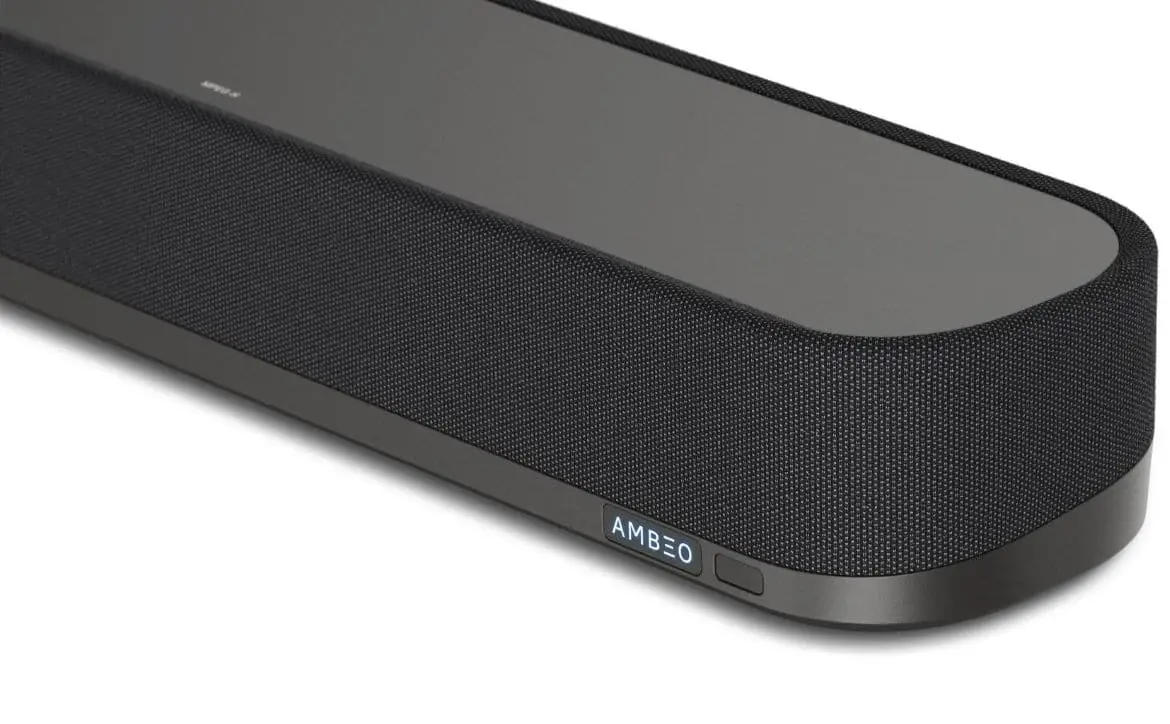
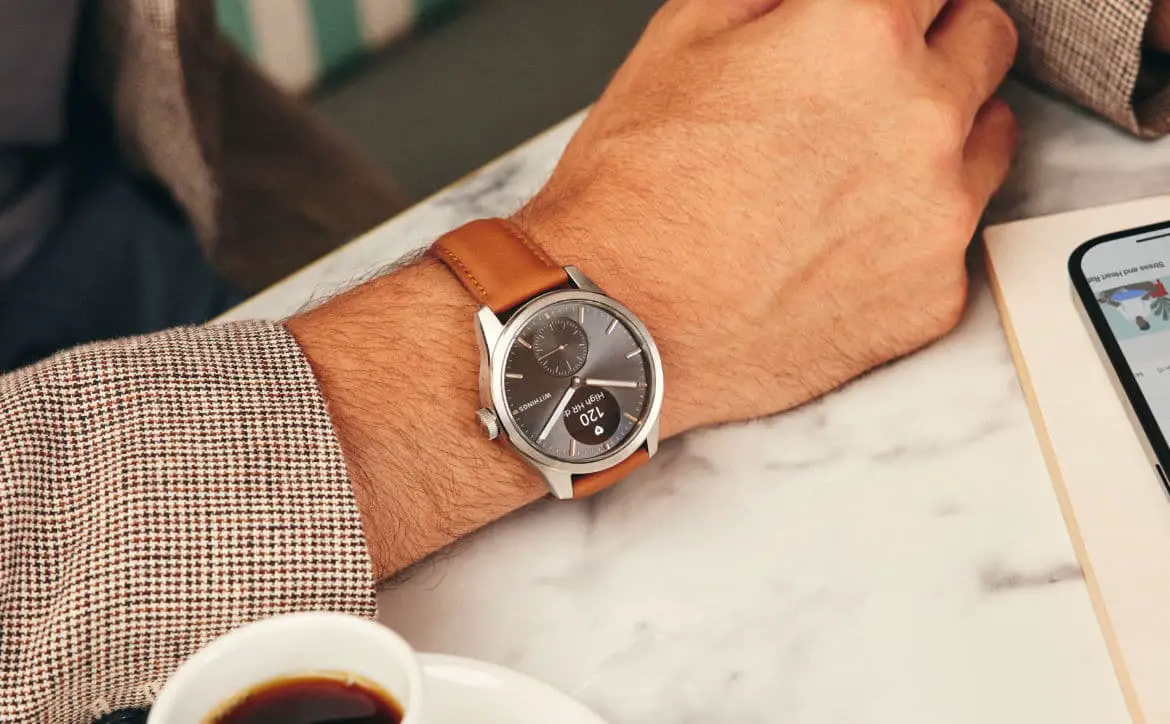
Comments are closed.